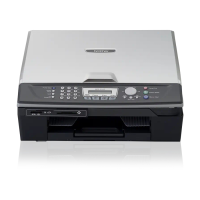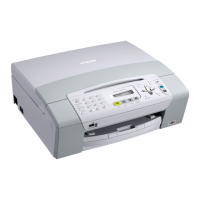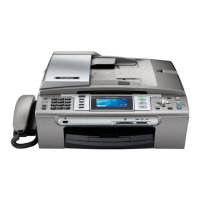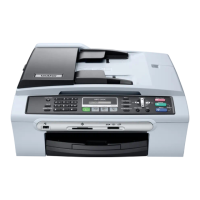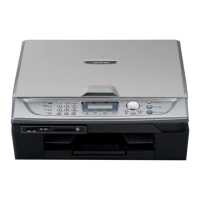Why can't I change receive mode on my Brother MFC-215C?
- EEdward CarterAug 25, 2025
If your Brother Fax Machine is set to BT Call Sign ON, you cannot change the Receive Mode from Manual to another mode. Set BT Call Sign to OFF. (See BT Call Sign (For U.K. Only) on page A-1.)



